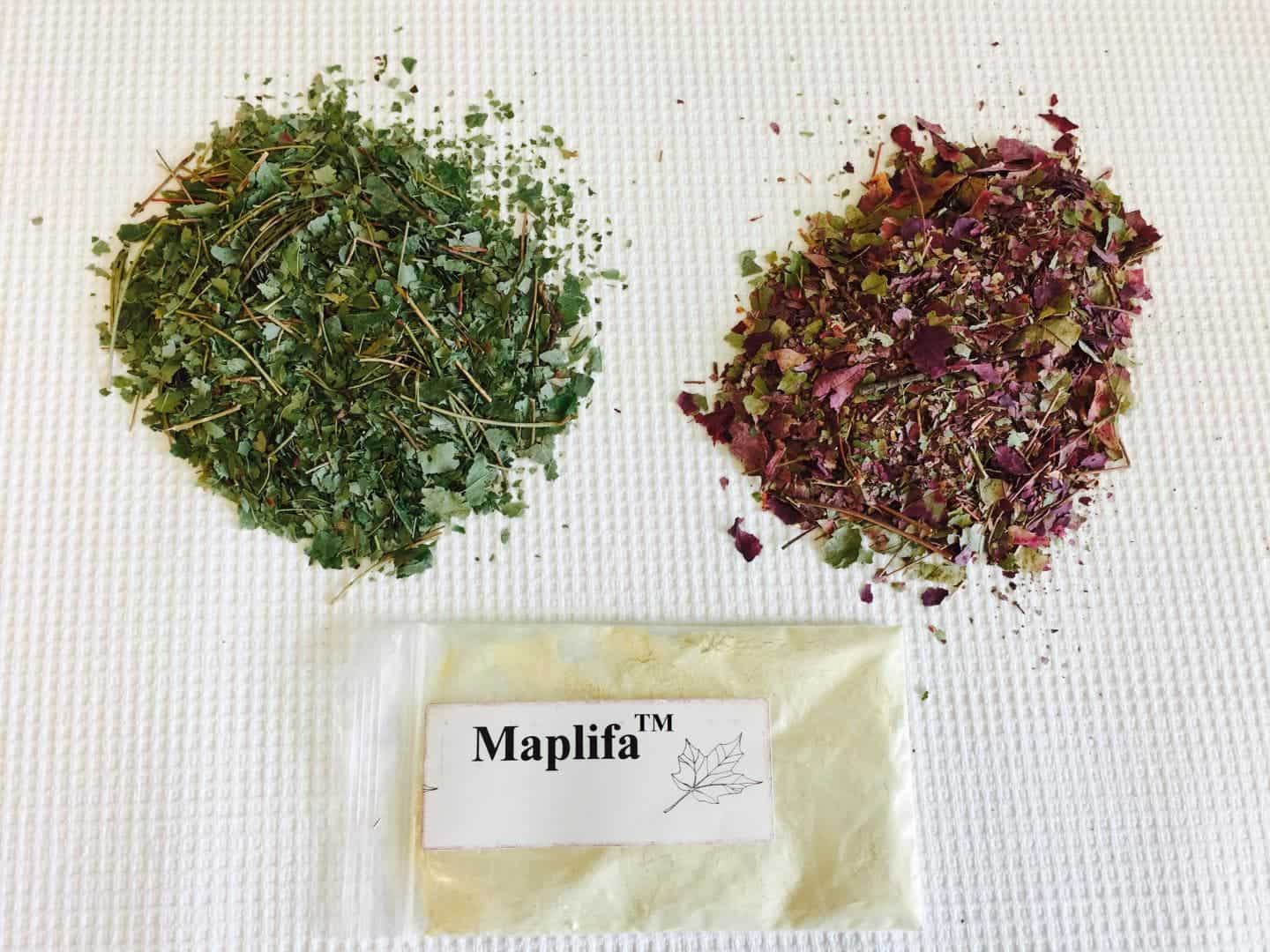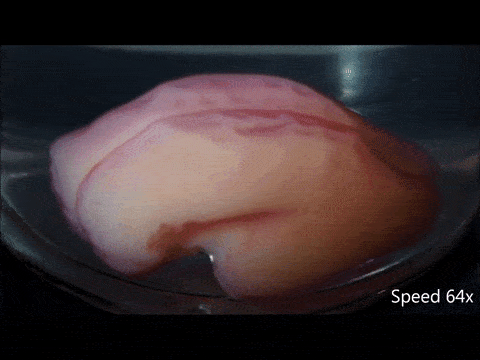
People are willing to spend a lot to ward away wrinkles. In 2020, the worldwide value of the anti-aging market hovered around $58.5 billion. By 2026, it will be estimated at $88.3 billion. Treatments range from laser skin resurfacing to facelifts. Now, researchers from Oregon State University have found evidence to suggest a particular species of fish could have anti-aging properties that prevent wrinkles as well.
Skin wrinkles are a natural process of aging. As the body advances in years, its ability to produce elastin, proteins, and collagen decrease. The skin aging process is accelerated by UV rays, one of the biggest contributors to wrinkles. Known as photoaging, more UV rays can cause a breakdown of collagen and elastin.
However, the gelatin in the skin of Pacific whiting (Merluccius productus), a fish that reside mostly on the Pacific Coast of North America, could have properties to keep people looking young.
Jung Kwon, an assistant professor at Oregon State’s Seafood Research & Education Center, and a group of researchers examined the chemical mechanisms that, at the cellular level, lead to skin wrinkling in a report published in the journal Marine Drugs.
“Fish skins are an abundant resource that we already know have valuable nutritional properties,” Kwon said. “But we wanted to find out what additional potential value might be found in something traditionally considered a byproduct.”
UV rays prompt the formation of free radicals within the skin, which damage elastin fibers in the skin, and contribute to wrinkling and skin cancer. People with fair skin have less protection against UV-induced skin changes and tend to develop more wrinkles than people with dark skin.
In the study, the researchers looked at how Pacific whiting fish gelatin affected immune and inflammatory responses as well as pathways that are known to promote collagen synthesis and collagen degradation.
They found that human skin cells exposed to the skin ofPacific whiting reactivated to a certain level the collagen synthesis pathway that had been suppressed by UV radiation, prevented activation to a certain level of the collagen degradation pathway that had been accelerated by UV radiation, and promoted additional anti-oxidant and anti-inflammatory effects.
While encouraging, Kwon stated that further research is needed beyond just the initial lab findings, such as animal testing.
“We saw some potential with a positive response in the cell model system,” she said. “This gives us good evidence to take those next steps.”
The research was funded by Pacific Seafood, a harvester, processer, and distributor of seafood.




